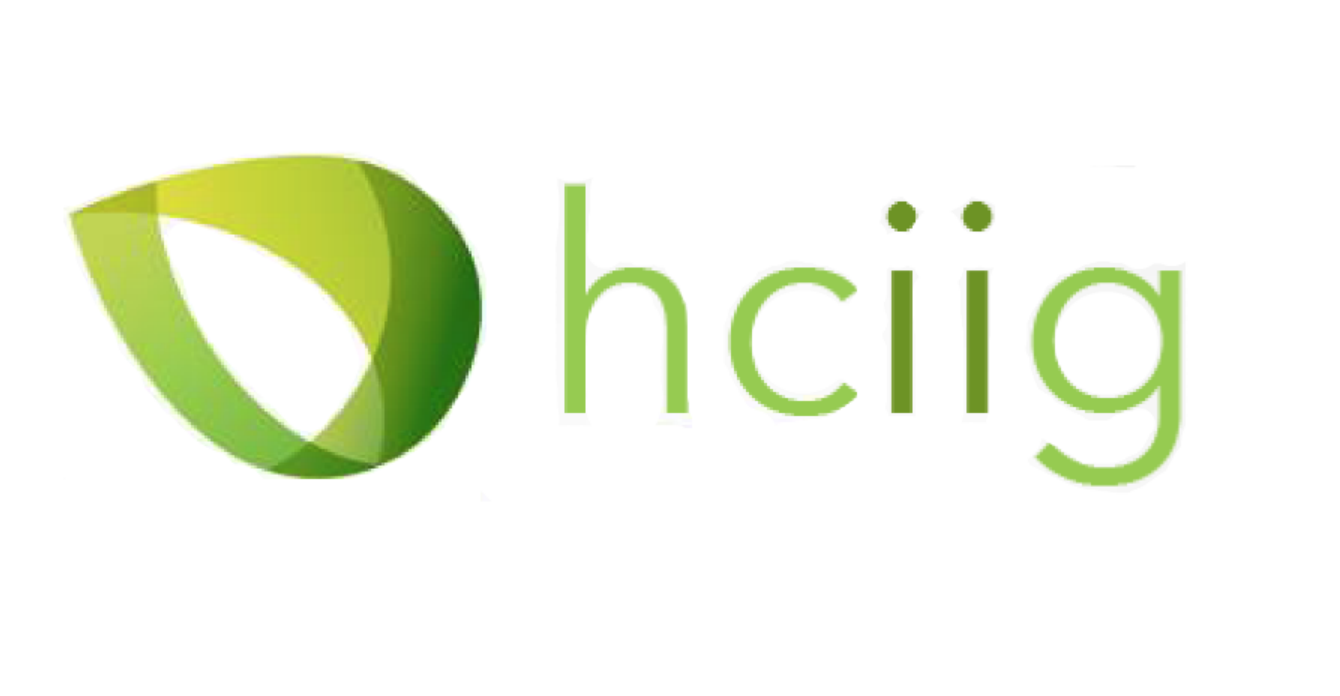Harvard College Impact Investing Group Blog Guest Post: Jeff Seidl
“Our intuition about the future is linear. But the reality of information technology is exponential, and that makes a profound difference.” – Ray Kurzweil
Impact measurement is an essential component of impact investment performance tracking, but the practice currently lies at the intersection of inaccuracy and pain. Investors receive crusty PDF reports with irrelevant information. Fund managers don’t have time to research best practices, causing frustration and inaccuracy. Investment bankers are de-incentivized from asking their clients serious ESG-related questions like asking someone about their health on a first date. Public market ESG rating firms conflate disclosure with responsibility (this coal-fired utility company is reporting its Scope 3 emissions – gold star!), reward larger companies for CSR-related PR, and allow head-scratchingly irresponsiblecompanies into ESG indices. Private market ratings firms don’t have the data access of their public market counterparts, despite the fact that impact in private markets is more directly attributable to individual investors. Benchmarks are hard to find, and to make matters worse, there aren’t universally-accepted metrics that span all asset classes, as there are for financial performance.
Fortunately, the torrent of funding and attention flowing into SRI/impact has begun to extinguish this dumpster fire. We’ve seen firms from across the nonfinancial performance landscape, including MSCI, Sustainalytics, ISS, CSRHub, TruCost, and OwlAnalytics, improve their analysis either through R&D or consolidation (e.g. ISS’s recent acquisition of Oekom). Asset coverage is also increasing, as firms like Beyond Ratings create new ESG-related frameworks to rate sovereign debt issuers’ creditworthiness. Consortiums such as Bridges’ Impact Management Project, of which Flat World Partners is a member, are working with a variety of stakeholders to try to address these issues.
As a firm dedicated solely to sustainable investments, we’ve had the chance to survey a wide variety of software products, methodologies, and frameworks while looking to improve the impact reporting we provide our clients. We’ve found that the most effective impact reporting answers the questions:
1. How much impact is being delivered, and when?
2. How badly is this impact needed?
3. What would happen in the absence of this investment?
Our guiding principles to reduce the confusion of impact measurement are as follows:
- Make it relevant – different stakeholders have different concerns when it comes to social/environmental performance. For example, an endowment’s investment committee must report to board members (how is social performance interacting with financial performance?), beneficiaries (how is the endowment furthering their mission?), and external groups (how can this investment strategy influence investors who are similar to us?). Reporting should be tailored to address the concerns of each group, which means first understanding what those concerns are.
- Make it defensible – as with any model-based conclusion,third-party datasets are necessary to create a rigorous analysis. Government sources such as the Census, Bureau of Economic Analysis, EPA, and Energy Information Administration have troves of data that can help contextualize both the social and environmental impact of an investment opportunity. Models should also account for the time value of impact – that is, that impact now is worth more than impact in the future. We use a social discount rate from the Office of Management and Budget to work this into our model.
Who Cares?
The field of impact measurement has a long way to go. But if done right, it could allow impact investment to realize its initial promise: directing the approx. $8.7b in SRI strategies (which dwarfs the $615m in philanthropic capital – US numbers, 2016) toward opportunities that provide the most benefit to society and the planet.
Let’s take Social Impact Bonds (SIBs) as an example. SIBs are favored by many impact investors because they provide clearly defined and measured social impact as well as returns (that is, when the interventions work). The problem is, the SIB market is still tiny – about $300m in 2017. SIB issuances are chronically oversubscribed, leaving impact-seeking money without a high-impact home. What if we could satisfy this demand in the $3.8T municipal bond market?
To test this idea, we used our impact measurement model to compare a social impact bond (DC Water) to a muni with a similar maturity and sector focus (NYS Clean Water and Drinking Water Revolving Funds Revenue Bonds). We found that the muni was projected to produce even more societal value than the SIB, normalized to amount of proceeds – approx. $2b of societal value from the $500m investment in the muni, and $30m of value from the $25m SIB. Of course, though municipal bonds are supposed to be in the public interest, many are far from environmentally or socially beneficial (looking at you, KMPA). Defensible impact analysis could allow investors to separate out the municipal bonds that deliver the highest impact. At the same time, ESG risk analysis could illuminate alpha from emissions data and climate change risk factors. FWP is building capacity in order to accomplish these goals not just for munis, but for all asset classes.
The field of impact measurement has no shortage of wailing and gnashing of teeth. But if the field of financial performance measurement is any indication, standardized, investor-focused solutions may soon reduce the pain.
Jeff Seidl ‘16 is an Analyst at Flat World Partners, an advisory firm focused solely on sustainable investments, where he leads the firm’s impact measurement initiatives. He is the cofounder and alumni chair of the Harvard Health Data Working Group, a group of Harvard faculty, students, alumni, and administrators dedicated to improving health data empowerment for Harvard students and alumni. Email: jeff@aflatworld.com.



